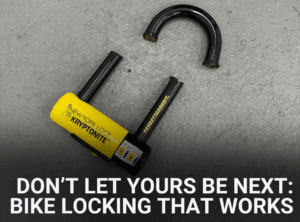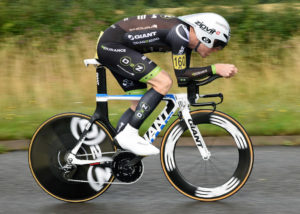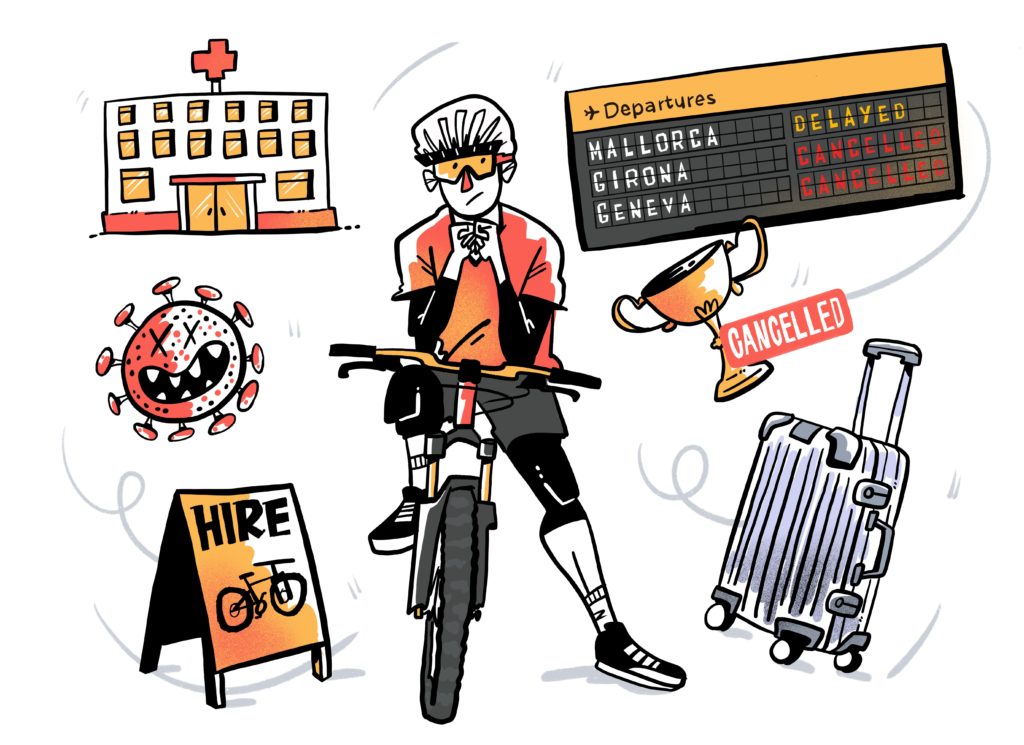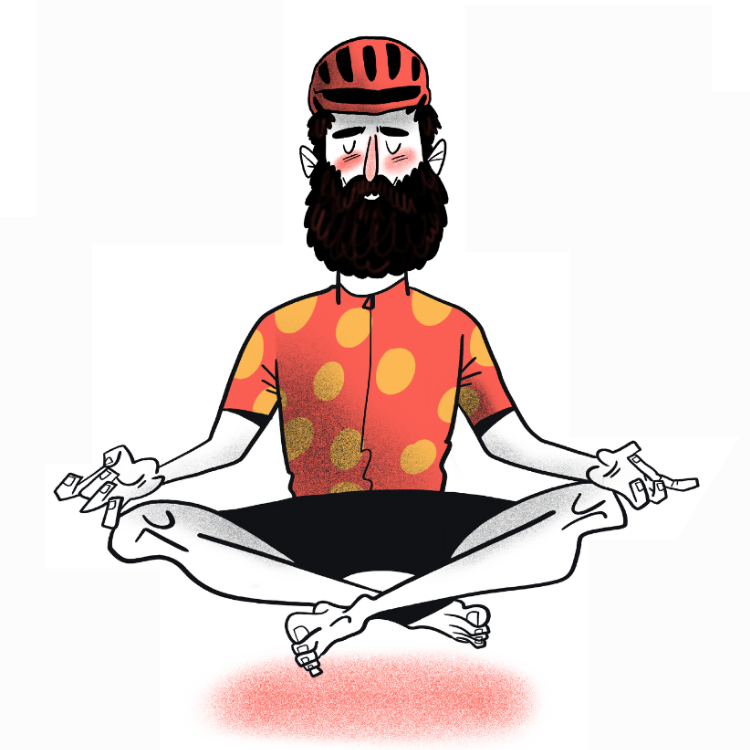For many cyclists and triathletes, training with power has revolutionized the way they train. and also the results they have achieved through training.
The data which a power meter provides will remove a lot of the guess work from your training by providing you with precise information in relation to your intensity and training load.
So, below you’ll find 12 reasons to start training with power:
1. Fitness Testing
With a power meter you can test your fitness whenever you like, for whatever duration you like.
2. Gauge your strengths and weaknesses
Having tested your fitness you can then determine your personal strengths and weaknesses. Train to improve your weaknesses and race to your strengths.
Average sprint but good fatigue resistance? That means you need to soften up your break away companions with a series of attacks before the finish.
Poor sprinter but good threshold power? You are likely to be good at time trialling or triathlons or if you are road racing you need to think about breaking away some distance from the finish.
Good threshold power to weight? You are likely to be good at long climbs and sportives.
3. Consistent measurement and motivation
Power is an absolute measure. It directly correlates with performance. If your power goes up and your weight and aerodynamics don’t change then you will go faster. The wind and hills will affect speed and many things affect heart rate, but power is comparable across time and between people. Seeing your power data going up is incredibly motivating to keep on training and makes you look forward to your goal race knowing for sure that you were fitter than you ever were before.
4. Determine if your training (plan) is working – learn what works for you – learn your body
As power is a consistent measure you can use it to track if your training is having the desired effect. If you spend 2 months working on increasing your threshold and you are still where you started, then you need to have a serious rethink of your training. If a week of a certain type of training yields a sudden major improvement, then maybe you should think about revisiting those sessions in the near future as your body has clearly responded well to that stimulus. A power 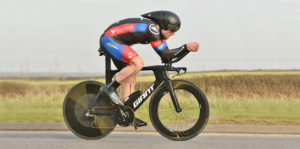 meter is an unforgiving mistress, it is clear when you are doing well and your power is up, conversely it will also show you when your form has disappeared. When your perceived effort at powers that would normally be comfortable is high then you need to be very vigilant to what your body is telling you. It could be you are overly fatigued or coming down with an illness, this is a warning sign that you need to have a few days rest to see how your body recovers.
meter is an unforgiving mistress, it is clear when you are doing well and your power is up, conversely it will also show you when your form has disappeared. When your perceived effort at powers that would normally be comfortable is high then you need to be very vigilant to what your body is telling you. It could be you are overly fatigued or coming down with an illness, this is a warning sign that you need to have a few days rest to see how your body recovers.
5. Training Load
With power meter data you can determine your optimum training load. You can use advanced metrics and algorithms like TSS® and Performance Manager® from Trainingpeaks®. With these you can plan your training to give you a consistent overload. Push your body hard enough to get better but not so hard that you risk illness. You may well find you are training less than you used to by removing the junk miles and making every session count.
6. Peaking and Tapering
Not only can you plan your training load you can also plan to be at your best. How long should you taper, if at all for your goal race? For a short race like a kilo or hill climb you might taper for a few weeks so you are very fresh. For a longer race you might have as little as a few easy days in the week before the race.
7. Training at the correct intensities
A power meter gives you instant feedback. This means you can use it to keep yourself at the right intensity for the duration of the effort you are doing. Whether that is a 5 minute interval at 110% of threshold or a 40 minute sweetspot ride, if you back off for even a second the power numbers will drop. You can train specifically for the demands of your goal event. Heart rate is affected by numerous factors other than the intensity you are riding (temperature, stimulants like caffeine, hydration, time of day, fatigue etc.) and it lags the effort you are doing. Once you have tested your threshold power you can determine your training levels.
8. Equipment and position optimisation
You can use your power meter to optimise your equipment in terms of aerodynamics and rolling resistance. Using techniques like the ‘Chung Method’ or repeated rides up and down a section of quiet road, you can analyse ride data to determine the aerodynamic effects of changes of equipment or position. While it is not as accurate as a wind tunnel it will enable you to make significant gains and it will get you into the right ballpark.
9. Nutrition
You can use your power meter data to determine exactly how many calories you burned during your ride. You can use this information to guide your nutrition before, during and after races and training. Also, if you are planning to lose weight, you can accurately monitor your calorie deficit so you lose weight slowly and consistently.
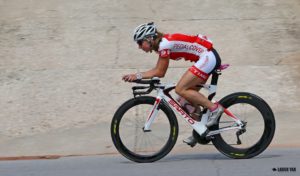
10. Pacing
In triathlons, time trials and mountain bike races it is crucial to pace yourself accurately from the start. There is no bunch in which to recover from major exertions. The power meter is a huge advantage at the start of these types of events where you can set yourself a limit on your power output so you can maintain the pace for the duration.
11. Race Analysis
You can use the power data from race files to:
A) determine if you did a good job of pacing
B) Guide your future training
C)Work out what went wrong or right – did you get dropped by the group? Couldn’t make it to the breakaway? Looking back at the data before that happened will guide you to improve that weakness or reuse that strength.
12. Coaching interaction
A power meter enables you to get the best from your coach. Sending your power meter data to your coach tells them not only how you completed the session that they planned for you to do, but also how your body responded to it. Longer term they can see if the training plan they are giving you is working or not and adjust it as necessary. It also allows you to see if the money you are paying your coach is worthwhile. If you can see you are getting fitter or your endurance is improving, then you can be happy they are earning the money you are paying them for their expertise.
So, there you have it, if you’re sold on using power in training, check out your options over at cyclepowermeters.com

